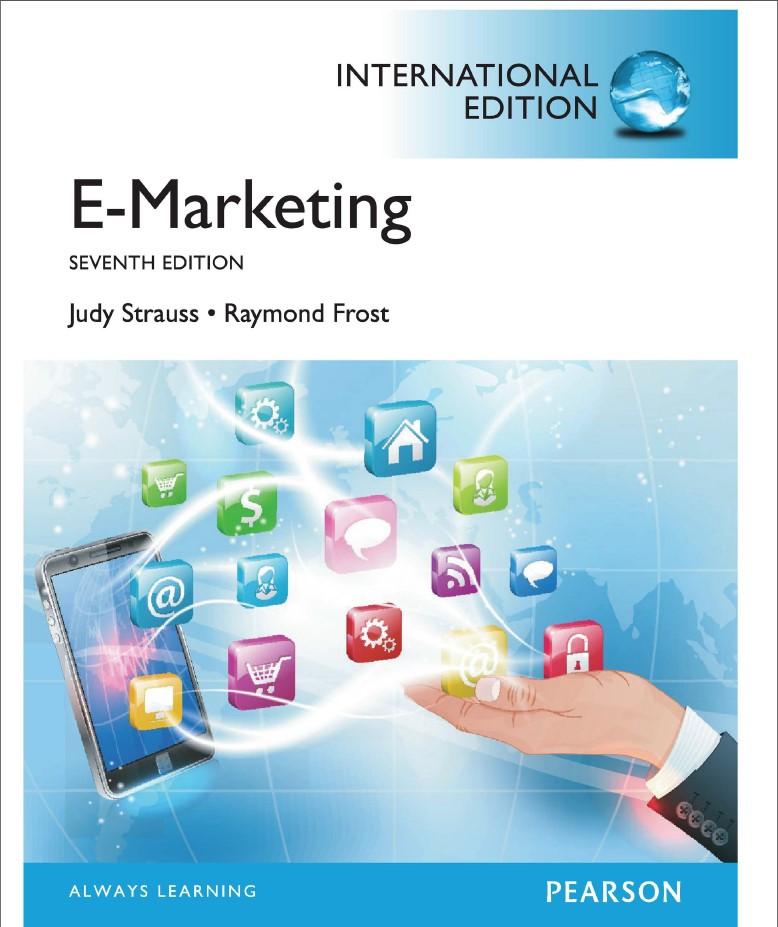Answered step by step
Verified Expert Solution
Question
1 Approved Answer
Q P TC 0 $160 $3,000 10 $152 $3,630 20 $144 $3,990 30 $136 $4,170 40 $128 $4,260 50 $120 $4,350 60 $112 $4,530 70
| Q | P | TC |
| 0 | $160 | $3,000 |
| 10 | $152 | $3,630 |
| 20 | $144 | $3,990 |
| 30 | $136 | $4,170 |
| 40 | $128 | $4,260 |
| 50 | $120 | $4,350 |
| 60 | $112 | $4,530 |
| 70 | $104 | $4,890 |
| 80 | $96 | $5,520 |
| 90 | $88 | $6,510 |
| 100 | $80 | $7,950 |
a. Determine equations for P=f(Q), MR=f(Q), ATC=f(Q, Q2), AVC=f(Q, Q2), MC=f(Q, Q2). Recall that your marginal equations should be derivatives of your totals!
b. Determine the profit-maximizing price and quantity. (Since MC is in terms of Q2, solving with calculus and algebra can be messy unless you know the quadratic formula. Your table should give an exact answer.)
c. How much total profit would your firm earn if you set P and Q according to part b?
d. Describe the competitiveness of the market by calculating the Lerner index.
Step by Step Solution
There are 3 Steps involved in it
Step: 1

Get Instant Access to Expert-Tailored Solutions
See step-by-step solutions with expert insights and AI powered tools for academic success
Step: 2

Step: 3

Ace Your Homework with AI
Get the answers you need in no time with our AI-driven, step-by-step assistance
Get Started


